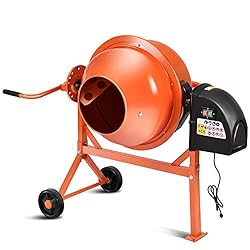BensBeasts1
Cerambycidae
This might be a noob question but what is flake soil, how do you make it and do I need it for stags? Also what is Kinshi, I have heard of it but I don't know what it is?


Very true. The heat is one of the biggest issue. This is why I stress that people should make most of their flake soil now during the summer. If you were to start making it during the winter, you'd have to wait several months for even a slightly decayed flake soil mix. The rotation is a tricky subject, as depending on the method, rotating your substrate more leads to heat loss. That is why something like a compost tumbler or cement roller is ideal.True - my response was meant only to describe what flake soil is, rather than how to make it, and there are plenty of instructions online about how to do that. There are quite a few posts regarding flake soil on this forum alone. While it's not difficult to set up, I think the aspect where some people experience trouble is inadequate heat, and not enough air circulation through the mixture. If those two factors aren't kept within a certain range, it's difficult to even get fermentation started. Also, the frequency of the mixture's rotation definitely makes a difference in how fast the process completes.
